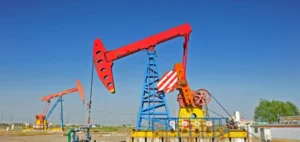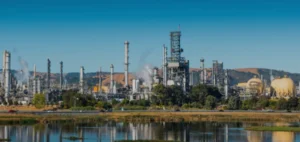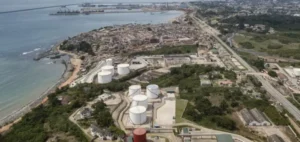Oil prices were rising slightly on Tuesday, with prices catching their breath on the heels of strong gains after some Opec+ members made a surprise decision to cut production.
Around 09:30 GMT (11:30 in Paris), the barrel of Brent North Sea for delivery in June took 0.42% to 85.29 dollars. Its U.S. equivalent, a barrel of West Texas Intermediate (WTI), for delivery in May, gained 0.53% to 80.85 dollars.
DNB analysts note that oil supply is expected to be “insufficient” to meet demand from May onwards. Eight members of the Organization of the Petroleum Exporting Countries and their allies (Opec+) decided on Sunday to reduce their oil production from May until the end of the year. Russia has also extended its production cut until the end of 2023.
Opec+ acknowledged the moves on Monday at a technical meeting held via video conference, calling it a “precautionary measure to support oil market stability.” “Voluntary production cuts are nothing new, but the scale of this latest episode is unprecedented,” notes Giovanni Staunovo, analyst at UBS. And “since these are voluntary cuts, the nine members of the Opec+ alliance have more leeway to cancel them if conditions warrant,” he explains.
In total, the market could be cut by about 1.66 million barrels per day (bpd) compared to current levels. In February, the thirteen Opec countries pumped 28.92 million barrels per day, according to the alliance’s figures, and S&P Global Platts estimated total production of the expanded Opec+ group including Russia at 42.67 million bpd.
“The oil balance would have to tighten considerably if the cuts were fully implemented,” warns Tamas Varga of PVM Energy. For DNB analysts, the cut is such that it could drive prices even higher in the coming months, especially as the market expects Chinese demand to pick up strongly.






















